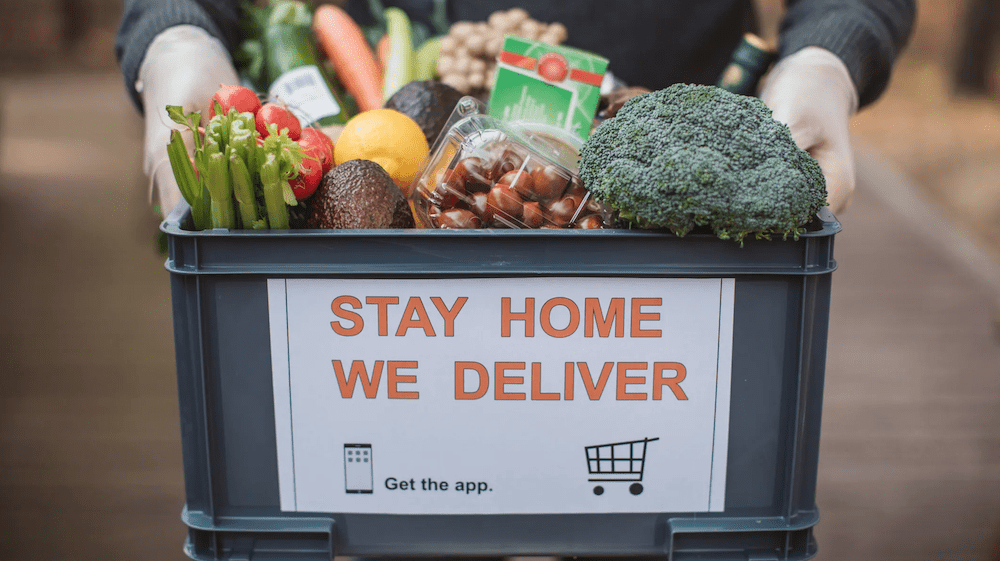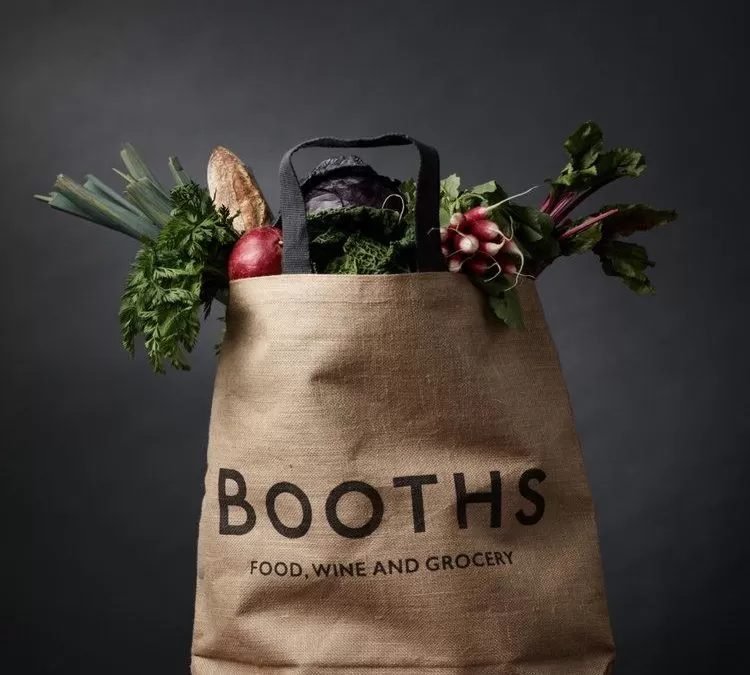Grocery ecommerce’s hyper-personalisation is now the top priority of all grocery marketing CMOs, made possible by new technologies that deliver one-to-one services to customers. What they want, when they want it.
While many innovators obsess over new products, the big winners emerging are rallying around individual customer demands, idiosyncrasies, contrary tastes and desires. All consumers looking for discovery and fulfilment convenience. In an increasingly smaller and more cluttered world, the modern shopper insists: “Help me find what I’m looking for when I need it, at a great price, and deliver it to me in a convenient way.”
Most research supports this view, making it clear that much of digital demand from shoppers involves enhancing in-store experiences. Technology such as mobile price checking, collaborative shopping lists, and in-store product navigation is part of the critical discovery process.
For online shoppers, topping the list of preferences were services like hyper-personalised email communications, and quite importantly, the options for click & collect or delivery. More than half of Millennials want these services. Overall, convenience (63%) and time savings (57%) are the reasons for shopping online.
Consider this – how many born in this millennium plan their entertainment schedule around television’s “Thursday night lineup?” Most would not even recognise the phrase. Each now watches what they want, when they want, if at all. Online search and recommendation systems deliver mixes of curated content, largely replacing weekly television guides.
Applying that to grocery, it’s easy to see how century-old traditions are now considered antiquated. As grocers feel the unrelenting pinch, at some point very soon the painfully negotiated, expensively built and distributed, one size fits all postulation, delivered on a fixed schedule will simply fail.
All of that expense and effort to deliver a non-personalised message to what’s on sale in the store can be smartly offset with the right technology.

Grocery Ecommerce Playing Digital Catch-Up
Grocery executives should know that inside your point-of-sale and loyalty program data lies the memories of the past, present and future. What individual shoppers previously purchased is lying dormant, ready to be enlisted in hyper-personalised product selections tailored to each individual, unique, shopper.
Remind them what they like to buy with relevant sales and promotions highlighted front and centre. By doing so, you bring the discovery process to them while appealing to their time-saving needs and value mindset. McKinsey suggests the difference could be as great as 20x the revenue growth.
Shoppers’ past experiences then can intersect beautifully with the knowledge you can offer them in the present. What novel items do you have that each customer will likely find appealing? Technology has changed simple word searches into semantic recommendation systems that surface highly relevant suggestions.
To your shoppers, instead of saying: “Others like you also buy and enjoy the following. People who bought this product also tend to buy the following”, you can say “This is what you like, this is what complements what you bought already”. Determining preferences is no longer about customers filling out online forms.
Research departments used to conduct shopping basket analyses. Now real-time AI machine learning algorithms surface highly relevant products for every customer. Product suggestion engines aid the individualised discovery process. These algorithms must be embedded and run in personalised email promotions, mobile shopping lists, and price comparison apps.
The requirement is simple: make customer discovery delightful by pointing back to what is most relevant to each shopper. Properly implemented, a hyper-personalisation program, between which the distinctions are considerable, measures success in two ways, not only by asking how much greater the average order value, is and how much the customer lifetime value but also, by how many stopped searching elsewhere.
With time savings and convenience as shoppers’ top priorities, it makes little sense that many consumers want to visit three to five stores to fulfil their shopping needs. So what are grocers doing to change this behaviour? Online shopping has created category “creep” whereby regional grocers either lose out or gain, one category at a time. It starts with pet supplies and cleaning products.
Personal care products are not far behind. After that, the centre aisle cascade happens. Once customers have grown comfortable with non-food items, they move on to dry food, then canned to frozen to prepared foods. There is a general order to consumers’ preferences in how their online grocery shopping evolves. Regional grocers can either lead their shoppers down this path or have them veer away to others that offer it. None of this is easy. All of it is worthwhile, however.
Machine Learning to the Rescue
The challenge for grocery is a lot more complicated than it is for Netflix. Grocers need to sell everything in their store and shopper baskets are anything but simple when predicting who will buy what products. Filling a shopper’s basket involves multi-facet fulfilment, from consumables to durables. It involves multiple persons, including oneself, family, and guests.
Finally, it must accomplish all this across multi-occasions, from weekly shops to seasonal ones and the occasional (but mostly predictable) special occasions.
Grocers have at their disposal millions of rows of transaction logs (t-logs), product descriptions and ingredients, pricing and promotions data, and often loyalty data. All of this creates an ideal environment for so-called Big Data initiatives to tackle grocery shopper personalisation. As McKinsey Insights offered: “Hyper-personalisation – not just of marketing messages and offers but also of product recommendations and content—can yield up to 2 % top-line impact.”
A recently conducted analysis of those using SwiftERM hyper-personalisation software provided further validation of this approach. We found that while database-listed customers represented some 45% of the shopper base, they accounted for 85% of all revenue – almost the Pareto Principal. Shoppers who opened made purchases attributed to hyper-personalisation emails accounted for a huge 20% real margin growth.





